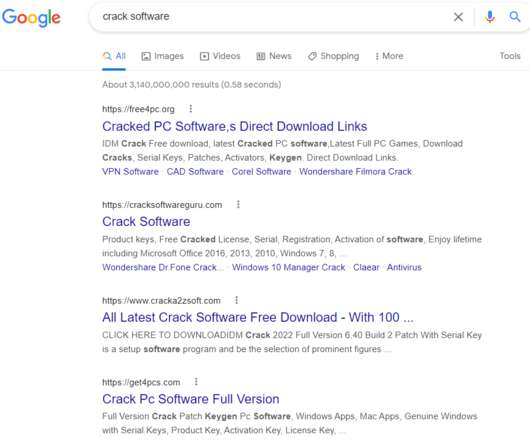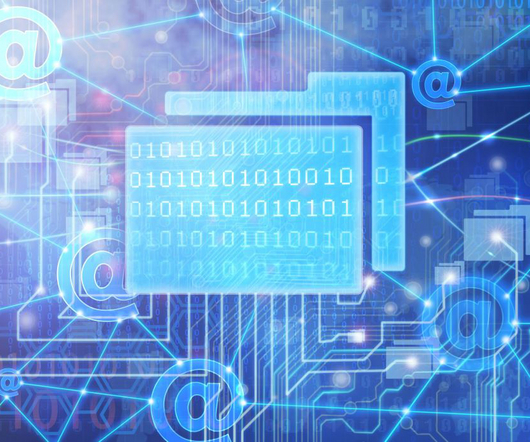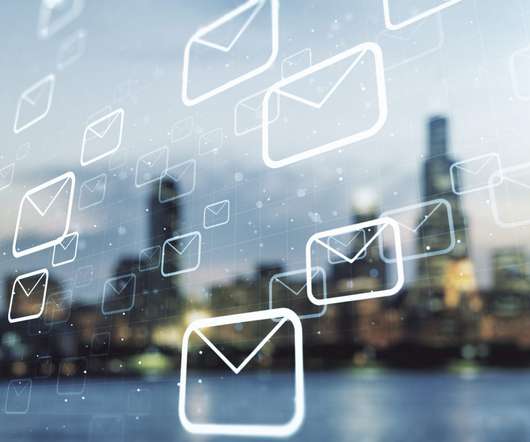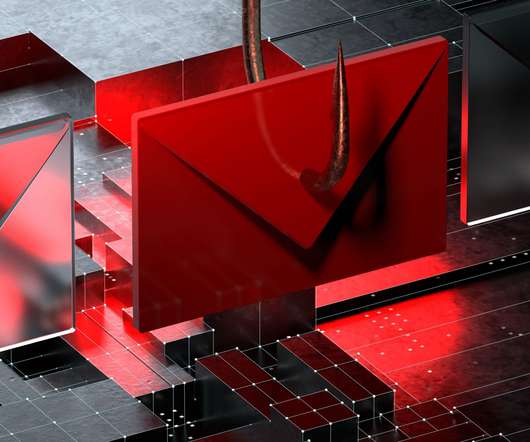What is Malware? Definition, Purpose & Common Protections
eSecurity Planet
OCTOBER 21, 2022
Anyone who has used a computer for any significant length of time has probably at least heard of malware. From ransomware attacks locking businesses out of their data until they pay potentially millions of dollars to spyware tracking users’ every move through their infected device, the effects of malware can be devastating.
















Let's personalize your content